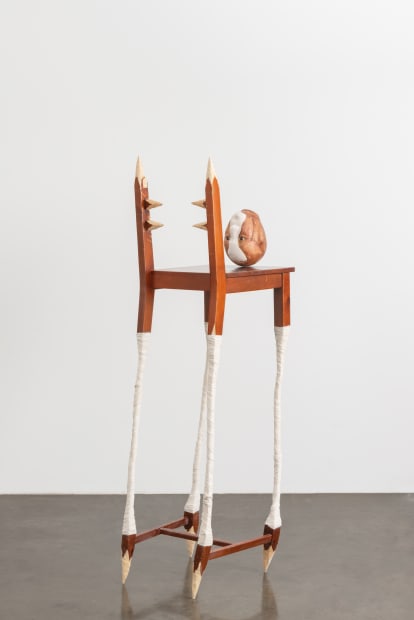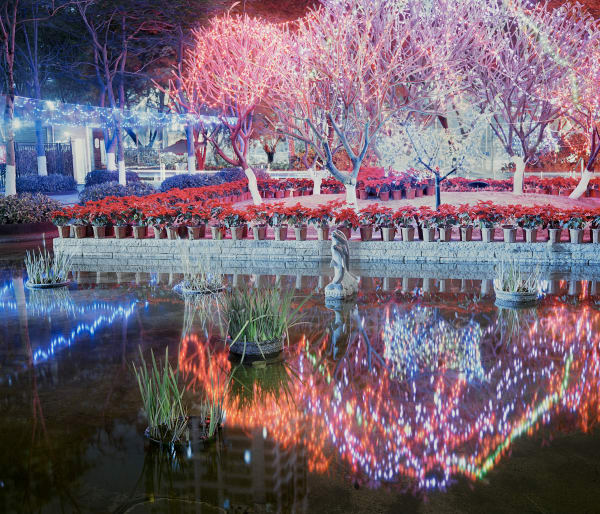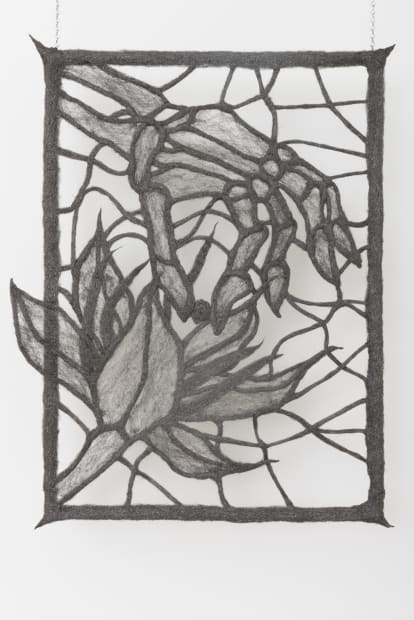The exhibition is on view at GalleryPlatform.LA from May 28 to June 3, 2020.
-

Ilona Szwarc, The remembrance of things past is all that we have for a future, 2019
Archival Pigment Print
24 × 30 inches
Edition of 3 + 2AP -

-
Xinyue Yan was born in China and currently lives and works in Shanghai. She graduated from Royal Academy of Fine Art Antwerp with an MFA in painting in 2018. Yan’s work portraits the tension in everyday life under the fast developing urban environment. In her painting, she manipulates objects and subjects into different painterly forms, the real of reality and the unreal of fantasy are mixed, and the dynamic and the tranquil are combined—revealing the conflict between being a part of society and being an individual. Yan shows her burlesque attitude in her paintings that induces the viewers to break free from the serious reality of the contemporary and (re)gain an exuberant vitality yet contemplative atmosphere.
“Peng Ke primarily uses analog photography to create images particular to experiences in rapidly developing cities across China. She depicts private situations and public environments—focusing on formal quirks and intuitive patterns of behaviors influenced by the diverse material and media that surrounds us. Her practice moves beyond the genre of ‘straight photography’, drawing attention to the feeling of living in a city unmoored by dramatic changes, but also looking to unexpected languages that happen when different realities coalesce together to create a new logic within the frame.” —Billy Tang
-

ASMA, The hand feeding the snake, 2019
Felted steel wool, steel frame, chain
29 1/2 × 23 inches -
-
Astra Huimeng Wang, Ode to Orderly Joy, 2019
10 photographs, video (26 minutes 53 seconds), artist’s documentation including initial research and selected sketches, a comprehensive written instruction for the delivery of the performance, Edition 4+1 APDrawing upon research on a systematic body of texts and scholarly tradition in the Western cultural discourse, Astra Huimeng Wang’s practice spans performance, installation, video, sculpture, and the Internet. In her new iteration of the Fourth Movement of Ludwig van Beethoven’s Ninth Symphony, a choir sings and chants variations on the “Joy” theme in unison while being confined. A haunting and melancholic overtone prevails. While the choir members perform a familiar composition that historically served as a symbol of national pride and socio-economic prosperity, their confinement, however, suggests a lack of power, casting light on the rising risks of irrational nationalism and decline in liberties that we’re facing today.
-

Becky Kolsrud, As Above, So Below, 2020
Oil on canvas
66 × 174 inches (3 panels, 66 × 58 inches each)






